The 4000 Calorie Meal Plan That Actually Works (Without Making You Miserable)

Look, I’ve been helping people eat big for a while now, and let me tell you something – most people think eating 4000 calories daily means stuffing yourself with junk food until you feel sick. I’ve watched this approach fail spectacularly more times than I can count. The real challenge isn’t just consuming massive amounts of food – it’s getting your body to actually process those calories efficiently while keeping your sanity intact.
While the average woman requires only 1,600 to 2,000 calories daily and men need 2,000 to 3,000 calories to maintain their weight according to BetterMe, elite athletes and serious bodybuilders operate in an entirely different world where 4000+ calories becomes essential for peak performance and muscle development.
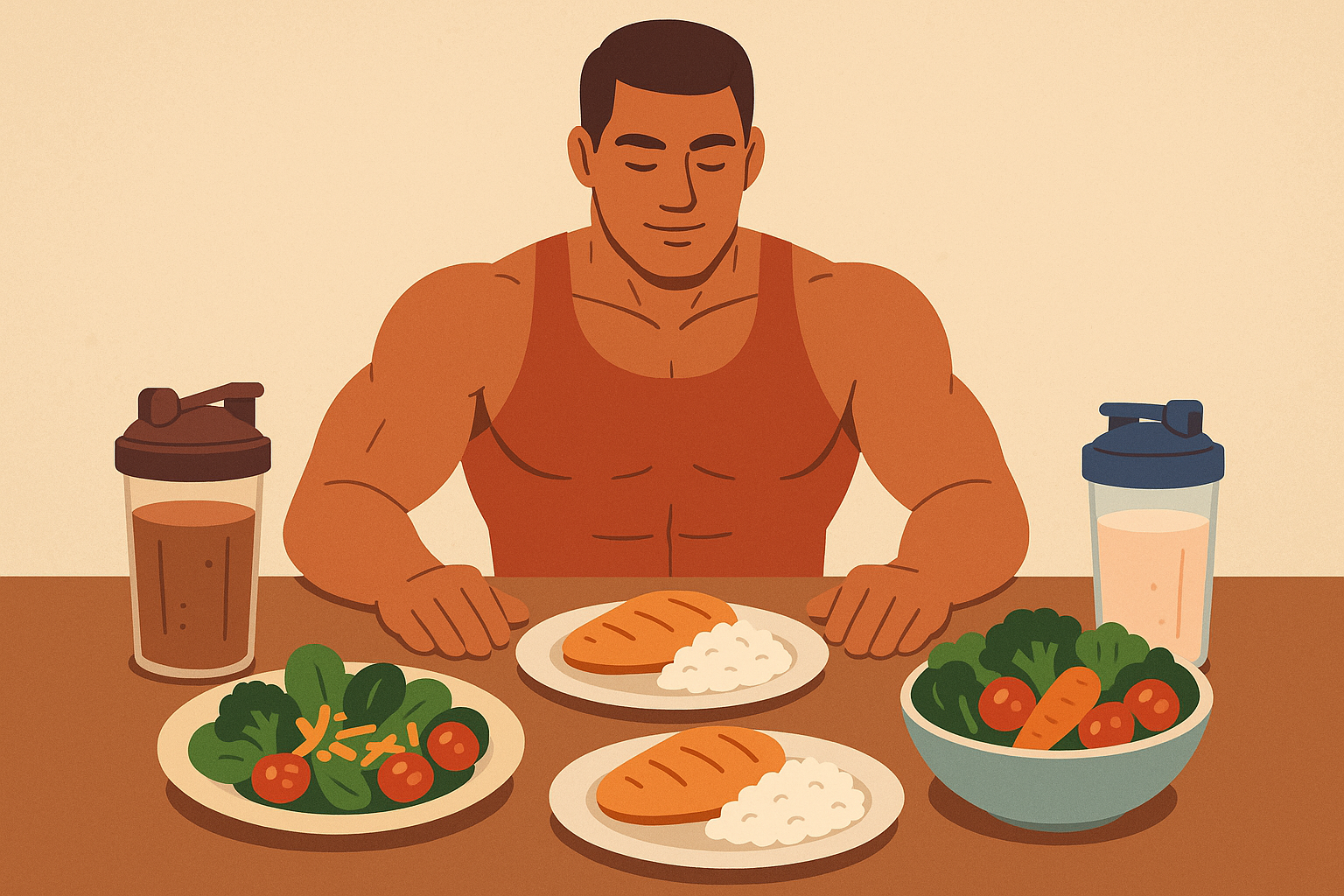
Table of Contents
- Why Most 4000-Calorie Attempts Crash and Burn
- Training Your Body’s Internal Clock for Massive Meals
- Building a Bulletproof Digestive System
- Getting Your Body to Actually Use All This Food
- The Mental Game of Extreme Eating
- Smart Calorie Distribution That Prevents Metabolic Shutdown
TL;DR
Here’s the thing nobody tells you: your body’s natural insulin sensitivity windows determine whether 4000 calories become muscle or fat – timing beats quantity every time. Your digestive capacity can be systematically expanded, but you need to respect the process instead of forcing it. Sleep quality directly impacts how your body processes extreme caloric loads – mess this up and even perfect meal plans won’t work.
Getting your body to use different fuel sources efficiently prevents the dreaded “dirty bulk” effect where you just get fat and sluggish. The psychological side of eating when you’re not hungry is just as important as the physical aspects. Strategic calorie cycling often works better than constant high-volume eating – your body responds to patterns, not chaos.
Why Most 4000-Calorie Attempts Crash and Burn
I’ve watched countless gym-goers decide they need to bulk up and immediately jump from eating like a normal human to trying to consume 4000 calories overnight. Within 72 hours, they’re texting me about how they feel like garbage, can’t look at food, and want to quit. Sound familiar?
Here’s the thing nobody tells you: your body isn’t a garbage disposal. You can’t just flip a switch and start processing massive amounts of food without consequences. I learned this the hard way when I first tried to bulk up in college – went from my usual 2500 calories straight to 4000 and spent the next week feeling like I had the flu.
Understanding proper carb tolerance becomes crucial when planning 4000 calorie intake. I’ve seen people try to hit their targets with pizza and ice cream because “calories are calories,” then wonder why they feel terrible and look puffy instead of jacked.
Your stomach, your digestive system, even your sleep patterns need time to adjust. Think about it – if you suddenly started running marathons without training, you’d be a mess, right? Same concept applies to eating. The “just eat more, bro” advice is trash because it ignores the fact that your body has protective mechanisms that kick in when you overwhelm it.
The smart approach requires patience, which I know sucks when you want results yesterday. But you can’t force your biology to change overnight. You can, however, work with it systematically to build up your capacity over time.
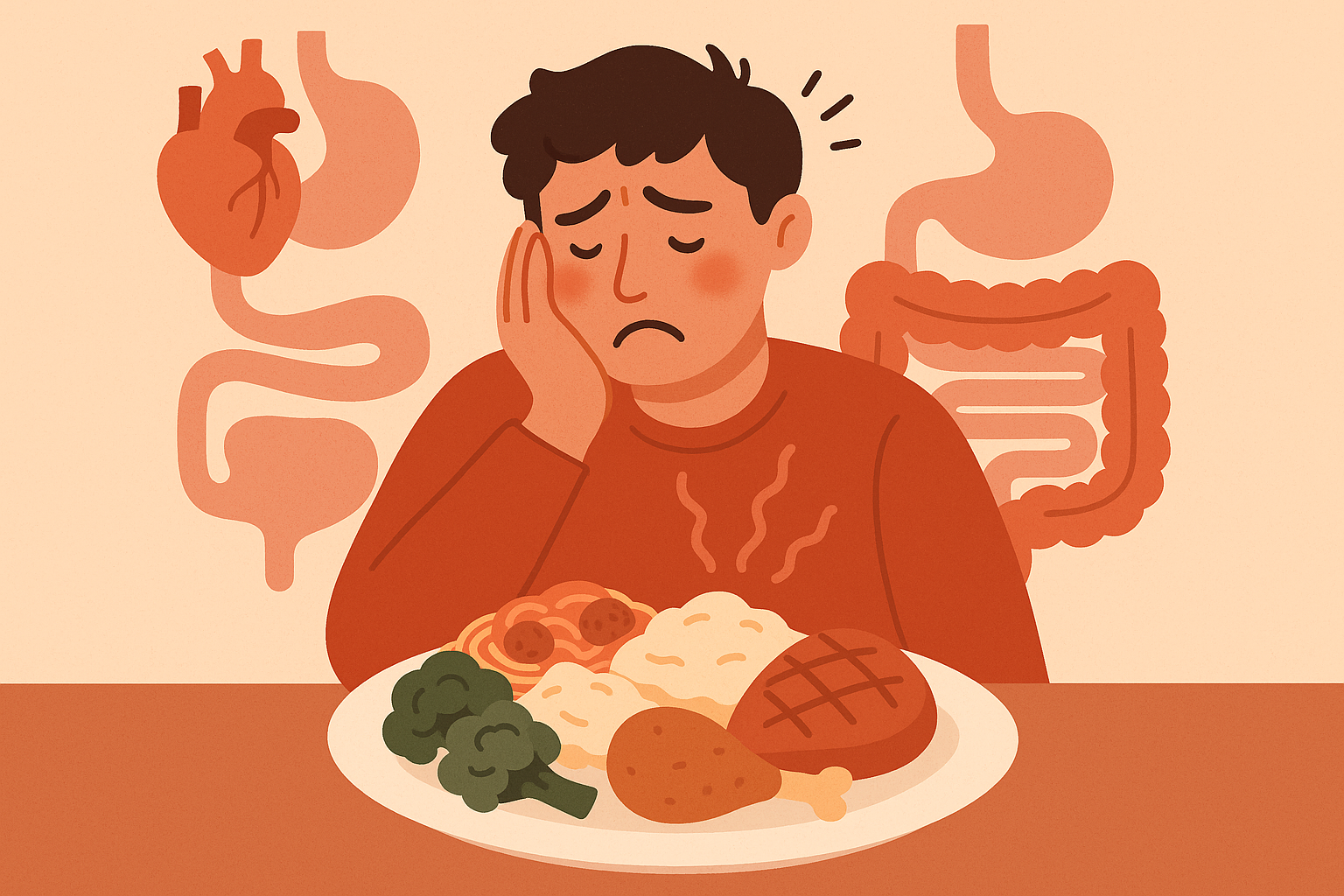
Training Your Body’s Internal Clock for Massive Meals
Your body runs on a pretty predictable schedule when it comes to processing food, and once I figured this out, eating 4000 calories went from feeling like torture to actually working with my natural rhythms instead of against them.
Working With Your Body’s Natural Sweet Spots
Here’s something that changed everything for me: your body is way better at handling big meals at certain times of the day. It’s not just about willpower – there are actual biological windows when your body is primed to process nutrients efficiently.
The Pre-Workout Carb Window That Actually Works
About 2-3 hours before I train, I slam down 800-1200 calories of carbs. Sounds insane, right? But here’s the thing – your muscles are basically begging for fuel at this point. I learned this after months of trying to train on empty and wondering why I felt weak.
The timing took me forever to dial in – too early and I’d crash mid-workout, too late and I’d feel sluggish during training. I’ve found that understanding how to prepare nutrient-dense oatmeal provides the foundation for effective pre-workout nutrition that supports your 4000 calorie meal plan.
| Timing Window | Carb Source | Calories | Purpose |
|---|---|---|---|
| 3 hours pre-workout | Oatmeal + banana | 400-500 | Steady energy, no crash |
| 2 hours pre-workout | Rice + sweet potato | 600-700 | Peak fuel availability |
| 1 hour pre-workout | Simple carbs only | 200-300 | Immediate energy |
Post-Workout: When Your Body Actually Wants Food
The 6 hours after training is when magic happens, but most people mess this up by treating it like one big window. It’s actually three different phases, and each one needs different stuff.
First 2 hours: Your muscles are screaming for carbs to replace what you just burned. Hours 2-4: Now they want protein to start rebuilding. Hours 4-6: Your body’s getting ready for the next session.
I used to just eat whatever whenever after training. Now I actually plan this out, and the difference in how I feel and look is night and day. Understanding these phases allows you to distribute your 4000 calorie intake strategically rather than just cramming food whenever convenient.
Morning Cortisol: Your Secret Weapon (That Nobody Talks About)
This one’s weird but stick with me. Your body naturally produces cortisol in the morning, and instead of fighting it, you can use it to your advantage. Eating your biggest meals when cortisol is high can actually help your body use those calories better instead of storing them as fat.
I started shifting my largest meals to morning and post-workout, and suddenly the same 4000 calories were giving me completely different results. Same food, same amounts, just better timing. This means the same caloric intake can produce dramatically different body composition results based purely on timing.
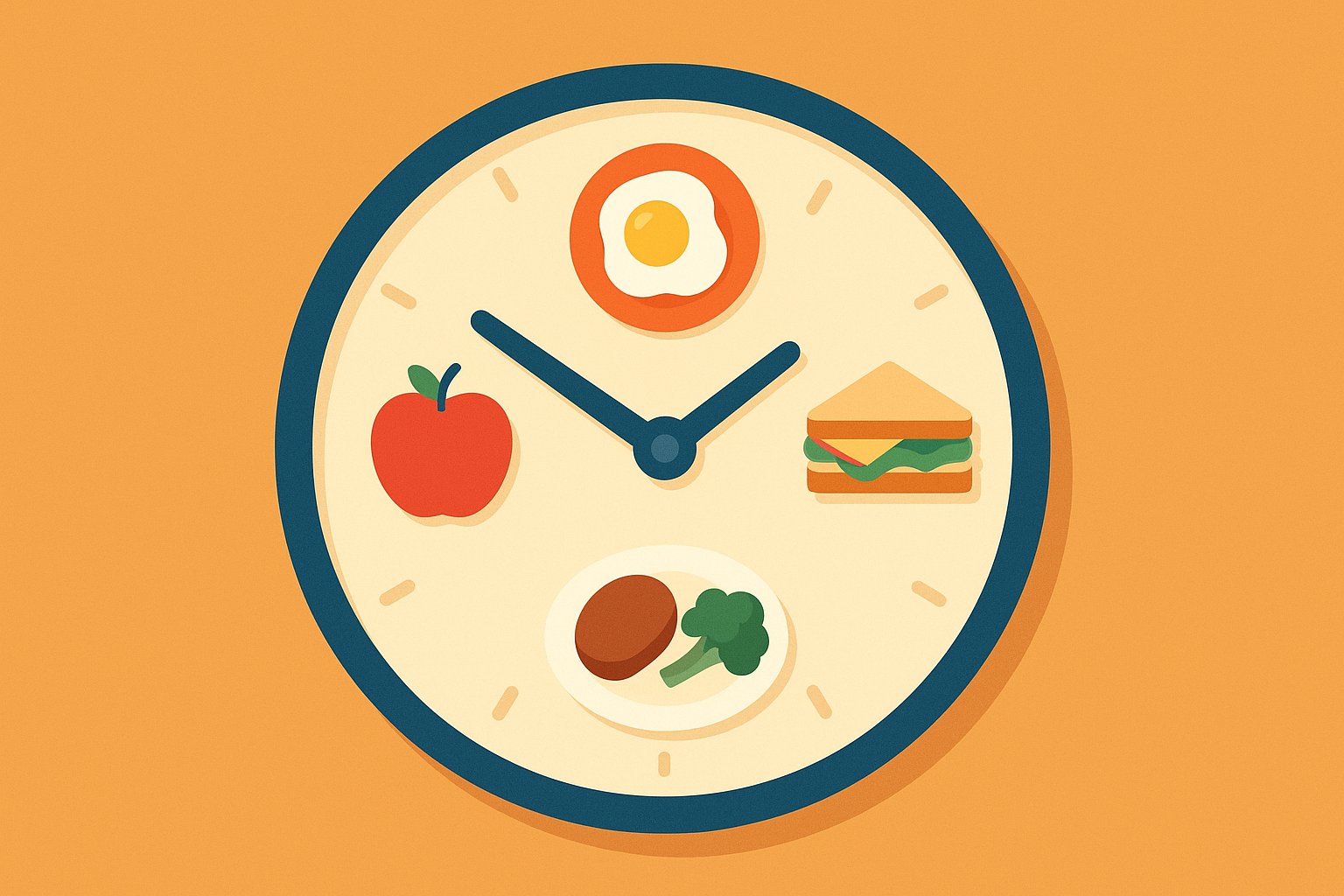
Sleep: The Thing Everyone Ignores
Your sleep quality directly affects how your body processes all this food. I learned this the hard way when I was eating perfectly but sleeping terribly and still gaining mostly fat.
Evening Meals That Don’t Ruin Your Sleep
Eating a massive dinner right before bed is a rookie mistake I made for months. Now I eat my last big meal 3-4 hours before bed – higher protein, some fat, minimal carbs. This way I’m not lying there feeling like I swallowed a bowling ball, and my growth hormone can actually do its job.
When you’re eating 4000 calories a day, every recovery opportunity matters. Don’t waste 8 hours of potential muscle building because you timed your dinner wrong. Getting this wrong can suppress growth hormone by up to 70%.
The Casein Trick That Actually Works
Before bed, I have 40-50g of casein protein. It’s like slow-release fuel for your muscles while you sleep. I was skeptical at first – seemed like bro-science – but the research backs it up, and I definitely notice a difference in how I feel in the morning.
This isn’t about preventing muscle breakdown – it’s about actively building muscle while you’re unconscious. The slow-digesting nature of casein provides sustained amino acid release for up to 8 hours, supporting continuous muscle repair during sleep.
Building a Bulletproof Digestive System
Successfully eating 4000 calories isn’t just about willpower – you literally need to train your digestive system like you’d train any other part of your body. Most people skip this step and wonder why they feel miserable.
I used to think I could just force my way through the discomfort. Bad idea. Your body will fight back, and it usually wins. The smart approach is gradually expanding your capacity while optimizing how efficiently you process food.
Progressive Expansion (The Right Way)
When I first decided to bulk, I jumped from 2800 to 4000 calories in one day. By day three, I was nauseous, bloated, and ready to quit. Don’t be me.
Now I recommend adding 500 calories per week. It sounds slow, and it is, but it actually works. Your stomach needs time to physically adapt to larger volumes. A 180-pound athlete currently eating 2800 calories would follow this progression: Week 1: 3300 calories, Week 2: 3800 calories, Week 3: 4300 calories, then settle at 4000 calories for maintenance.
Proper digestive health becomes even more critical during high-calorie phases, which is why incorporating proven bloat-reduction strategies can make the difference between success and failure with your 4000 calorie meal plan.
Why Digestive Enzymes Aren’t Just Marketing Hype
I was skeptical about digestive enzymes until I actually tried them. Taking pancreatic enzymes (lipase, protease, amylase) 15 minutes before big meals can legitimately increase how well you absorb nutrients by 25-30%. When you’re eating this much food, every bit of efficiency helps.
The timing matters though – too early or too late and they don’t do much. And cheap ones are usually garbage. It’s worth investing in quality here because the timing and dosage are critical for maximum effectiveness.
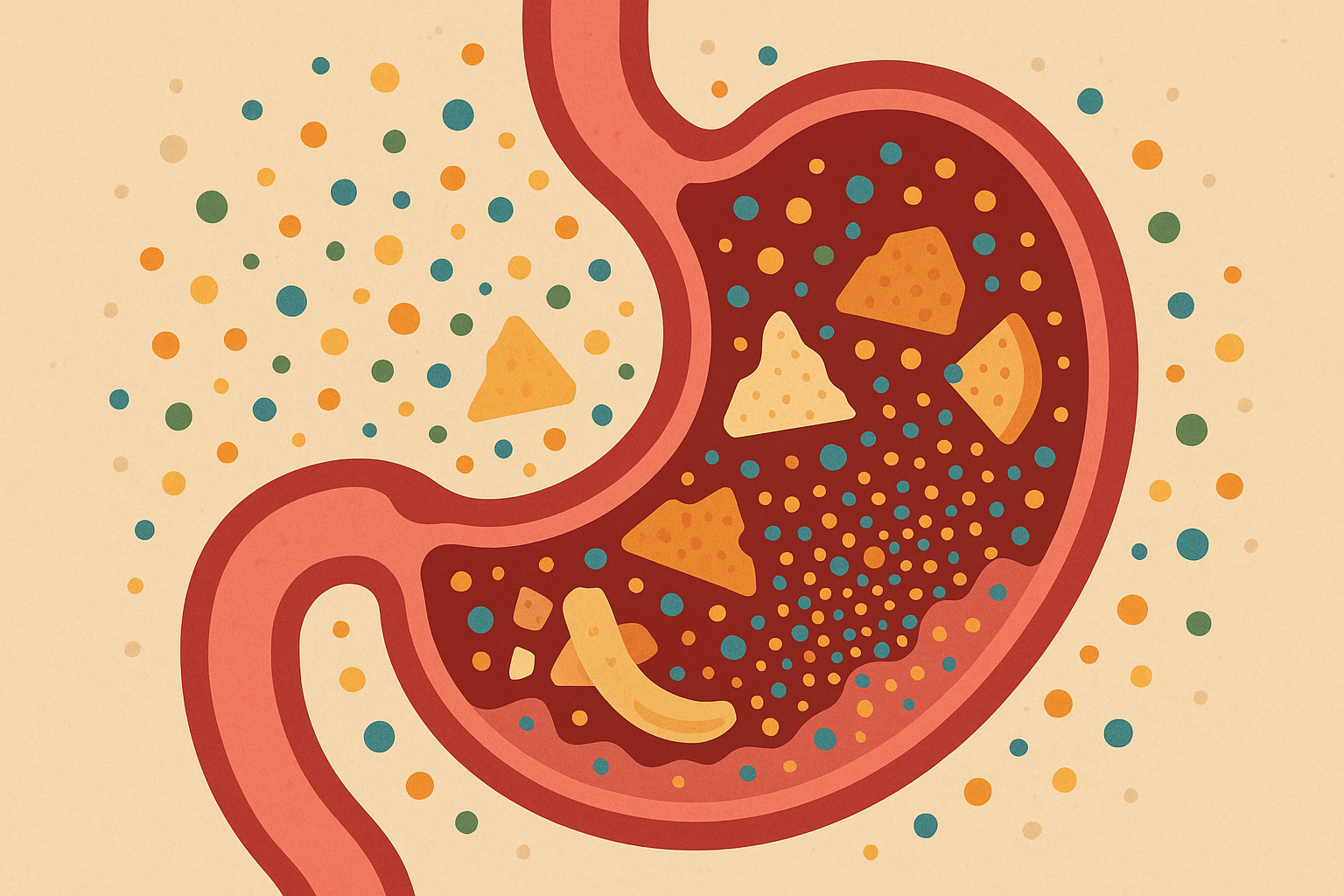
Your Gut Bacteria Need Training Too
This sounds weird, but the bacteria in your gut play a huge role in how well you process large amounts of food. Certain strains can actually help you digest protein better and reduce bloating.
Feeding Your Digestive Helpers
I eat 15-20g of resistant starch daily (usually from cooled rice or potatoes) to feed the good bacteria. These little guys produce compounds that reduce inflammation and improve your gut barrier function. Basically, they become your digestive allies.
Consistency is key here – you can’t just do this occasionally and expect results. Your gut bacteria need regular feeding to maintain the populations that help you process extreme amounts of food.
Strategic Bacterial Support
Specific strains like Lactobacillus acidophilus and Bifidobacterium longum enhance protein digestion and can reduce bloating associated with high-protein, high-calorie meal plans. Understanding the connection between drinking vinegars and gut health can provide additional digestive support during high-calorie phases.
The Fasting Windows That Save Your Sanity
This might sound counterintuitive when you’re trying to eat massive amounts, but giving your digestive system breaks actually helps. I do 14-16 hour fasts twice a week, and it prevents that constant feeling of being overstuffed.
Your digestive system needs recovery time just like your muscles do. These rest periods actually improve your ability to handle big meals during your eating windows. The approach focuses on sustainable intensity rather than constant stress.
Getting Your Body to Actually Use All This Food
When you’re eating 4000 calories a day, your body needs to stay flexible about what fuel it uses and when. Otherwise, you’ll just get fat and sluggish instead of building muscle.
I learned this lesson when I was eating perfectly on paper but feeling like garbage and gaining mostly fat. Your metabolism wants to get lazy when calories are abundant, but you can prevent this with the right strategies.
Professional Hyrox athlete Jake Dearden demonstrates this principle perfectly, consuming “anywhere between 3500 to 4000 calories a day” T3 reports, while maintaining exceptional metabolic flexibility through strategic training periodization and precise nutrient timing around his intense workout sessions.
Teaching Your Body to Use Different Fuels
The goal is keeping your body good at burning both carbs and fat, even when you’re constantly feeding it. This prevents the metabolic sluggishness that ruins most bulking attempts.
Carb Cycling Within Your 4000 Calories
Instead of eating the same macros every day, I cycle carbs based on my training. Rest days: 100g carbs, training days: 600g carbs, but I still hit 4000 calories both days by adjusting fats and proteins.
Your body responds way better to this variation than eating identical macros regardless of what you’re doing. It keeps your metabolism guessing instead of adapting to constant overfeeding. The key is adjusting other macronutrients to meet remaining caloric needs while varying carbohydrate intake based on activity levels.
Keeping Your Fat-Burning Ability Alive
Even while eating 4000 calories, I maintain periods where I’m primarily burning fat (usually 12-16 hours between dinner and my first meal). This prevents the metabolic inflexibility that makes you feel terrible during extended bulking phases.
Most people lose this ability during bulks and then struggle when they try to cut later. Maintaining it makes everything easier long-term. This prevents the metabolic sluggishness that typically develops during extended bulking phases.
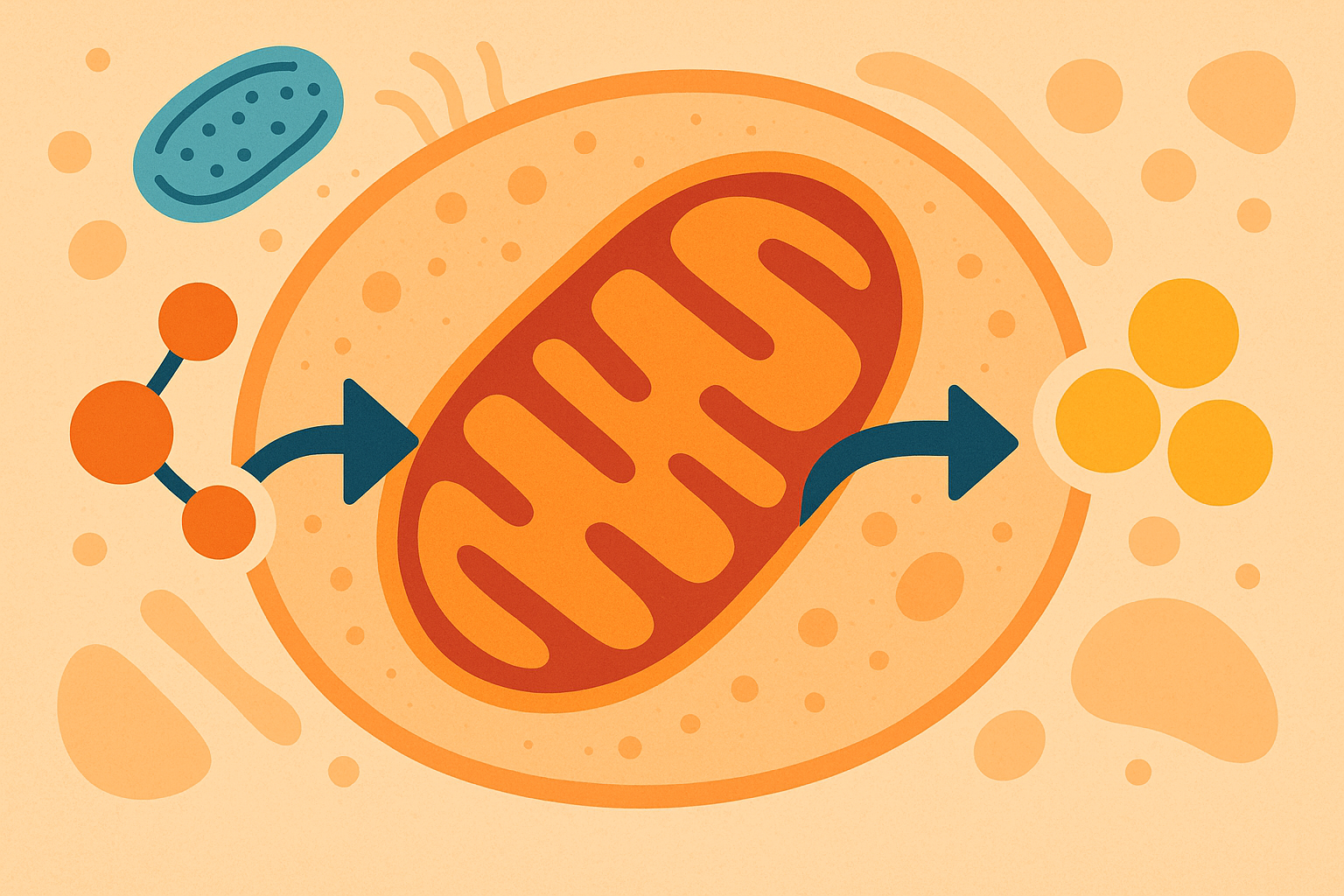
Fighting Your Body’s Lazy Tendencies
Your body will try to reduce energy expenditure when you’re eating a lot. It’s a survival mechanism, but it works against your goals. You need to actively counteract this.
The NEAT Trick That Makes a Huge Difference
NEAT (Non-Exercise Activity Thermogenesis) – basically all the little movements you do throughout the day. When you’re eating a lot, your body naturally tries to move less. I combat this by tracking steps and setting hourly movement reminders.
It sounds simple, but maintaining 8,000+ steps daily can offset 200-400 calories of metabolic slowdown. Those little movements add up to significant metabolic benefits. Small movements throughout the day add up to significant metabolic benefits.
Cold Showers: Not Just for Instagram
I was skeptical about this one, but 2-3 minutes of cold water (around 50°F) three times a week actually helps activate brown fat, which burns excess calories as heat instead of storing them. Strategic cold shower protocols can activate brown fat and help burn excess calories during 4000 calorie bulk phases.
It’s not pleasant, but it’s effective. And you don’t need to go full Wim Hof – moderate consistent exposure works fine. The cold exposure doesn’t need to be extreme – consistent moderate exposure provides significant metabolic benefits.
The Mental Game of Extreme Eating
Nobody prepared me for how mentally challenging eating 4000 calories would be. It’s not just about meal planning – there are psychological and social challenges that can derail even perfect nutrition strategies.
Your relationship with food changes when you’re eating this much. Sometimes you’ll eat when you’re not hungry. People will look at you weird. Your grocery bill will make you question your life choices. Being mentally prepared for this stuff matters.
Rewiring Your Hunger Signals
Within 2-3 weeks of consistent high-calorie eating, your hunger hormones adapt to expect larger meals. This is actually helpful once it happens – eating 4000 calories starts feeling natural instead of forced.
But the adaptation period sucks. You’ll feel uncomfortably full a lot. Your stomach will feel stretched. This is normal and temporary, but knowing it’s coming helps you push through.
Bodybuilder Sadik Hadzovic exemplifies this hormonal adaptation, as “Hadzovic’s typical weekly cheat meal involves burgers or pizzas. However, three to four days later, he does a ‘clean refeed’ to restore his glycogen stores” Barbend reports, demonstrating how strategic meal cycling can maintain hormonal balance during extreme caloric intake.
The key is consistency during those first few weeks. Irregular meal timing prevents your hormones from adapting properly, which keeps the process miserable longer than necessary. I’ve noticed that athletes who fight their hunger signals struggle more than those who learn to work with their body’s adapted appetite patterns.
Social Eating Without Becoming a Hermit
Eating 4000 calories daily affects your social life in ways you don’t expect. Meal prep takes longer. Restaurant portions seem tiny. You can’t just grab whatever’s convenient.
Restaurant Strategies That Actually Work
Instead of ordering one massive plate (which looks weird and often isn’t available), I order two regular entrees. “I’m an athlete in training” usually gets servers on board, and it appears more socially normal than requesting triple portions.
When dining out, order two entrées instead of one massive plate – a grilled salmon with rice and a chicken breast with sweet potato. This appears more socially normal than requesting triple portions while still hitting your caloric targets. Most restaurants accommodate this request when you explain you’re an athlete in training.
The goal is integration, not isolation. I’ve seen too many athletes become hermits because they couldn’t figure out how to maintain their nutrition while participating in normal social activities.
Meal Prep That Doesn’t Drive You Insane
I used to batch cook identical meals for the week. By day three, I hated food. Now I cook 2-3 base ingredients (rice, chicken, vegetables) and mix them differently each meal with various seasonings and sauces.
This prevents both preparation fatigue and taste boredom. Flexible base components that can be quickly combined into different meals work way better than identical pre-made containers.
Meal Prep Efficiency Checklist:
- Cook 3-4 pounds of protein sources Sunday and Wednesday
- Prepare 2 cups dry rice (6 cups cooked) twice weekly
- Pre-cut vegetables for 3 days maximum freshness
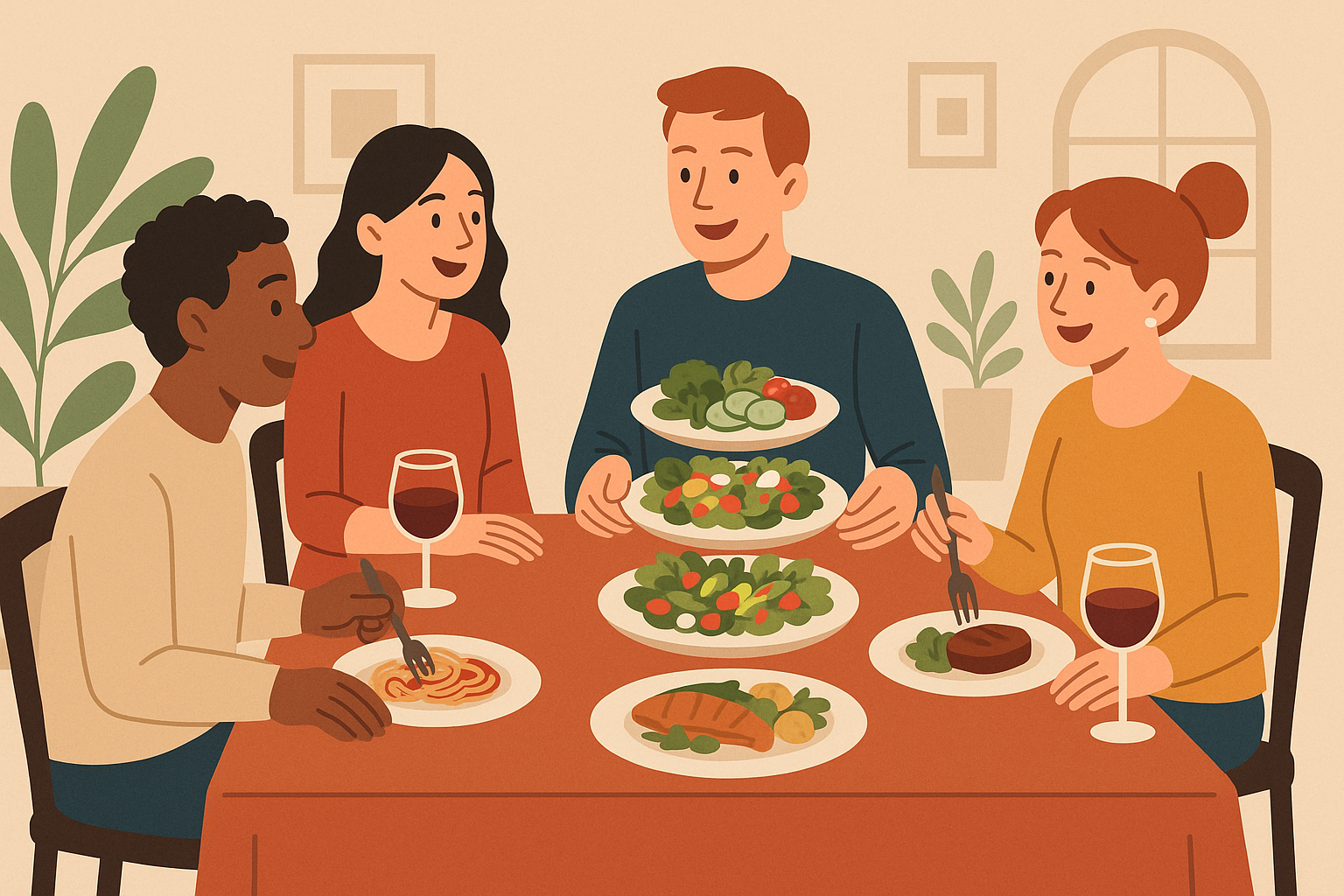
Smart Calorie Distribution That Prevents Metabolic Shutdown
The difference between successful 4000-calorie implementation and turning into a bloated mess lies in how you distribute those calories. It’s not just about hitting the number – it’s about strategic distribution that keeps your metabolism working efficiently.
Cycling Instead of Constant Overfeeding
Eating 4000 calories every single day often leads to metabolic adaptation and excessive fat gain. I learned this after gaining 15 pounds in a month, most of it around my waist.
Now I cycle between high and moderate days in a 2:1 ratio. Monday, Tuesday, Thursday, Friday: 4000 calories. Wednesday, Saturday, Sunday: 3200 calories. Weekly average: about 3650 calories.
Professional bodybuilders may need to consume 4000 calories a day as a bulking diet for maximum muscle building according to BetterMe research, but the key lies in strategic implementation rather than constant overconsumption.
This prevents metabolic slowdown while maintaining the surplus needed for muscle growth. Your body responds to predictable patterns better than constant overfeeding.
| Cycling Pattern | High Days (4000 cal) | Moderate Days (3200 cal) | Weekly Average | Benefits |
|---|---|---|---|---|
| 2:1 Ratio | Mon, Tue, Thu, Fri | Wed, Sat, Sun | 3657 calories | Prevents adaptation |
| Training-Based | All training days | All rest days | 3600-3800 calories | Matches energy needs |
| Weekly Blocks | 5 days high | 2 days moderate | 3714 calories | Psychological relief |
Matching Intake to Training Demands
Training days get 4200 calories with 600g+ carbs. Rest days get 3800 calories with 300-400g carbs. I adjust fats to meet the remaining calories and keep protein at 1g per pound bodyweight daily.
This aligns intake with actual energy needs instead of just eating the same thing regardless of what I’m doing. Your body uses nutrients more efficiently when you match supply to demand. Rotating between high-carb (60% carbs, 20% protein, 20% fat) and moderate-carb (40% carbs, 30% protein, 30% fat) days within the 4000 calorie framework optimizes nutrient partitioning based on training demands.
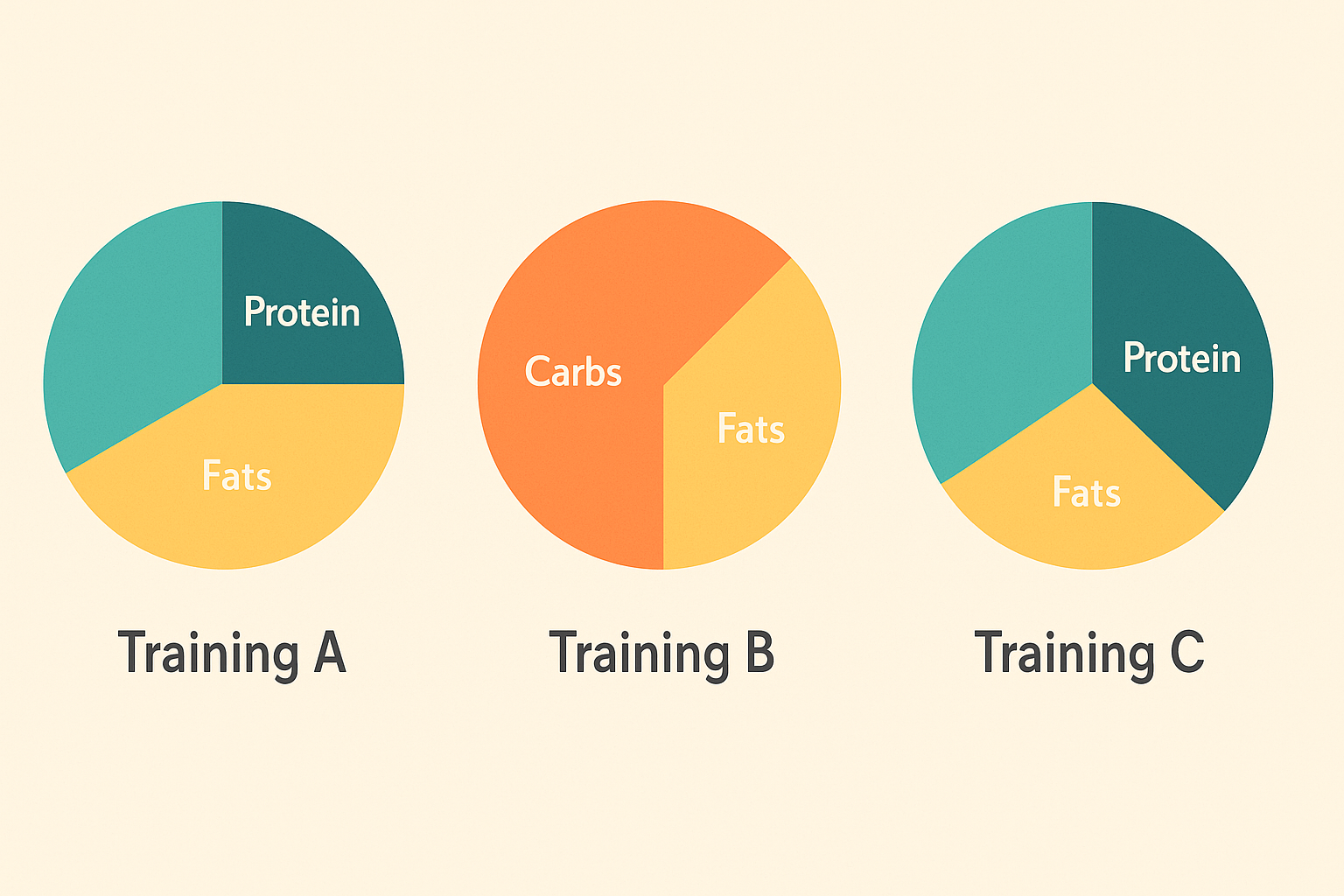
Meal Frequency That Actually Works
The traditional “6 small meals” approach fails miserably at 4000 calories. You’re constantly eating, never satisfied, and your digestive system never gets a break.
I switched to three large meals (1200-1400 calories each) plus strategic snacking. This allows proper digestive recovery between meals and makes each meal actually satisfying instead of just another obligation.
Basketball, football, and rugby players may need to consume anything between 3,000 and 4,500 calories a day according to sports nutrition research, making the three-meal approach particularly effective for athletes who need substantial energy intake without constant eating.
Strategic Liquid Calories
Liquid calories get digested faster and don’t contribute to that “constantly stuffed” feeling. I use them strategically – post-workout smoothie and between solid meals when appetite is low.
Incorporating 800-1200 calories through strategic smoothies and shakes reduces digestive burden while providing rapid nutrient delivery during optimal absorption windows. But they shouldn’t replace all solid food. You need the satiety and micronutrients that come from whole foods. Liquid calories are a tool, not a crutch.
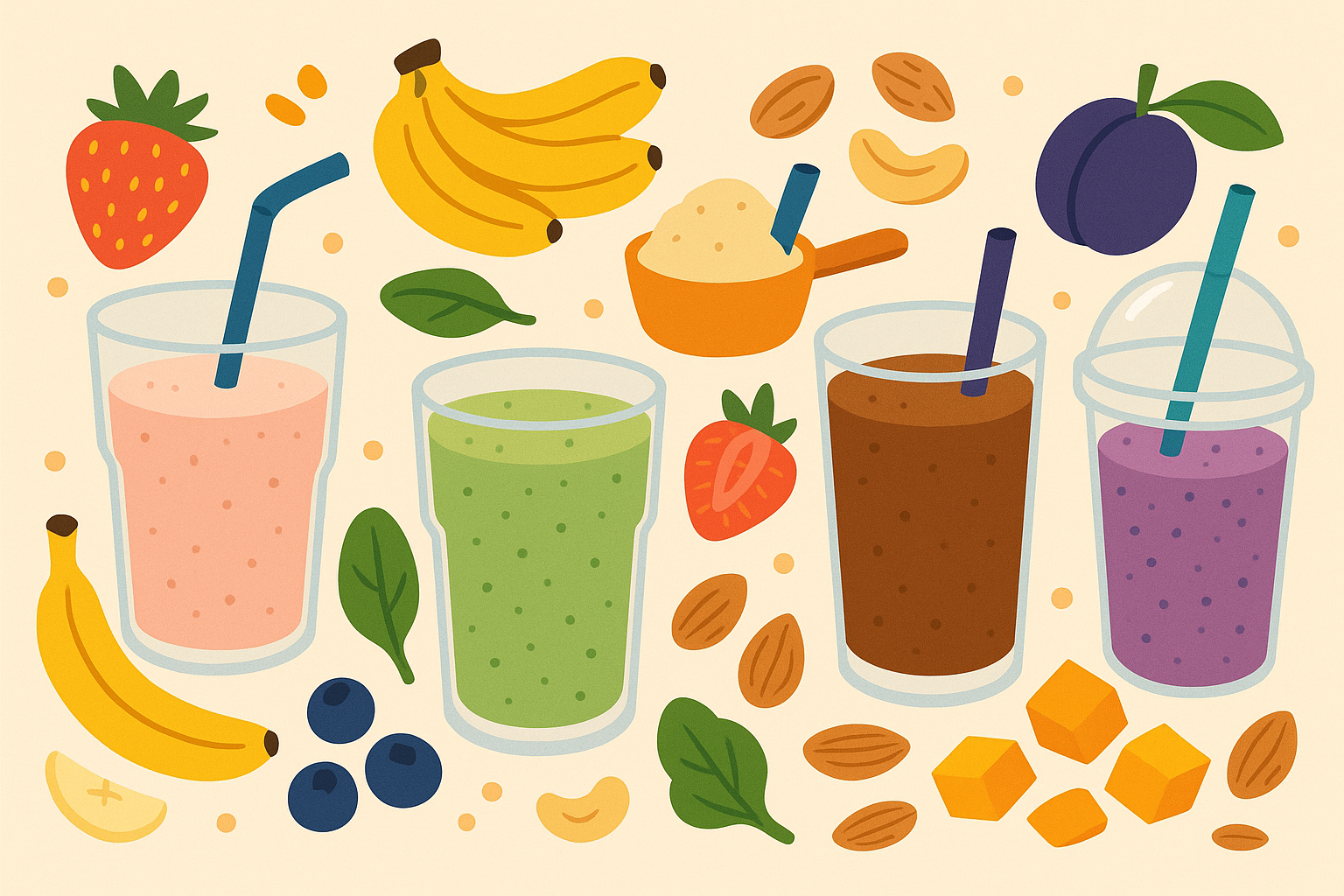
Training Day vs. Rest Day Protocols
Consuming 4200 calories on training days and 3800 on rest days maintains weekly averages while aligning intake with recovery demands and metabolic capacity. This approach recognizes that your body’s caloric needs fluctuate based on activity levels and recovery demands.
Matching intake to these natural fluctuations improves nutrient utilization and prevents unnecessary fat gain on lower-activity days. Your 4000 calorie bulk becomes more efficient when you account for these variations.
Training Day vs. Rest Day Protocol Checklist:
- Training days: 4200 calories with 600g+ carbohydrates
- Rest days: 3800 calories with 300-400g carbohydrates
- Maintain protein at 1g per pound bodyweight daily
- Adjust fat intake to meet remaining caloric needs
- Track weekly averages, not daily perfection
When you’re pushing your body to process extreme amounts daily, every aspect of nutrient quality becomes magnified. That’s where marine collagen supplementation can provide crucial support for the enhanced protein synthesis demands of extreme bulking.
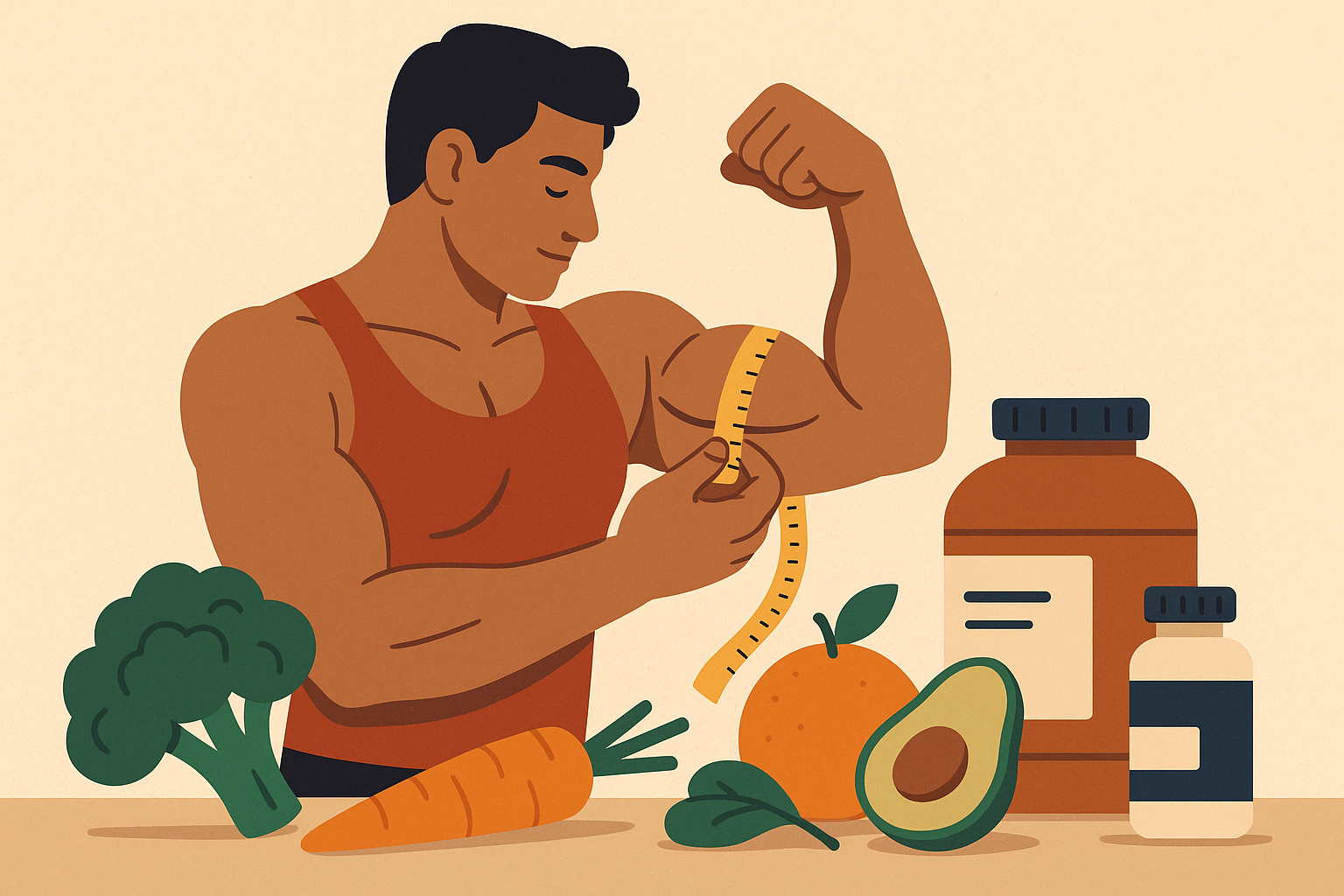
Final Thoughts
Look, eating 4000 calories a day isn’t normal, and it’s not supposed to be easy. If it were, everyone would be doing it successfully instead of quitting after a week.
This approach works, but it requires patience, consistency, and respect for your body’s adaptation process. You’re going to feel uncomfortably full sometimes. You might question why you’re doing this. Your friends might think you’re crazy.
But if you stick with it, listen to your body, and follow the systematic approach I’ve outlined, it works. Your body can handle extreme demands, but only when you provide the proper foundation and progression to support those demands.
Remember – this level of intake is for serious athletes and bodybuilders with specific goals, not general weight management. Be honest about whether you actually need this much food before committing to the process.
The difference between success and failure comes down to treating this like the systematic process it is rather than just “eating more.” Do it right, and you’ll be amazed at what your body can accomplish.

